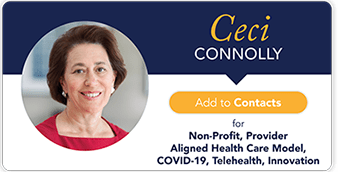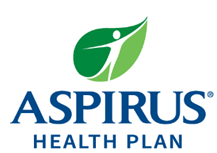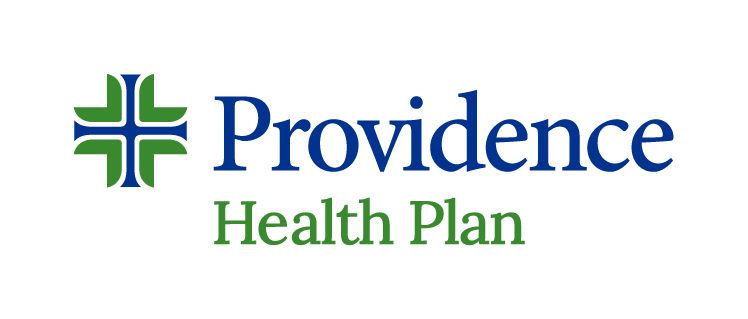June 10, 2020
By Ceci Connolly, President and CEO, ACHP; Susan Cantrell, RPh, CAE, CEO, AMCP
As news spread of the first-quarter plunge in consumer health care spending this year, hastened by the COVID-19 pandemic, the Alliance of Community Health Plans (ACHP) and AMCP surveyed adults across the country about their attitudes and behaviors toward health care services and settings. Specifically, we wondered how and when patients were planning to re-enter the health care system, and what short- and long-term implications that would have on the industry and overall health.
The findings signal many more months of difficulty ahead for the health sector, particularly among for-profit companies struggling to post their usual high returns and those organizations that have relied on a volume-driven, brick-and-mortar model. Opportunity may lie in virtual care, now not only convenient but infection-free, and in risk-bearing payment contracts that generate a steady stream of cash regardless of government lockdowns.
Delay Now, Pay Later
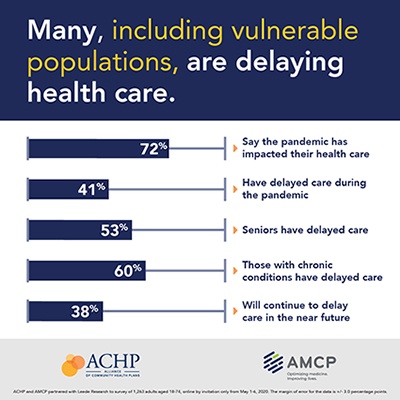 Survey respondents resoundingly confirmed what the economic data suggests, with 72 percent reporting changes in their use of health care services. Forty-one percent reported delaying health care services, which translates to 93.2 million adults, age 18-74, who did not receive expected care and treatment in a 90-day period. Seniors and people with chronic conditions delayed care in even higher percentages, 53 percent and 60 percent, respectively.
Survey respondents resoundingly confirmed what the economic data suggests, with 72 percent reporting changes in their use of health care services. Forty-one percent reported delaying health care services, which translates to 93.2 million adults, age 18-74, who did not receive expected care and treatment in a 90-day period. Seniors and people with chronic conditions delayed care in even higher percentages, 53 percent and 60 percent, respectively.
To make matters worse, some expect to try to avoid the health care system for at least another six months, with more than a third (38 percent) planning to delay elective procedures, and more than a quarter (27 percent) planning to delay diagnostic procedures or tests in a hospital setting.
Patients who delayed treatments in March or April will likely have greater needs come September or October, when some experts suggest a new wave of the virus could begin to emerge. For patients with diabetes, for example, staying in touch with a doctor is even more important in the age of COVID-19. As the pandemic has disrupted patients’ daily lives, changes to their nutrition and physical activity may require medication adjustments to optimally manage blood sugar levels. Unmanaged diabetes is a risk factor for both severe COVID-19 infection and known complications such as cardiovascular disease, blindness and kidney failure.
Imagine the scenario in which these patients re-enter the health system in great numbers, with greater needs after delaying previous care, only to find that providers are not available because of the millions who have lost their jobs during this pandemic. Or picture a return to the day of hefty uncompensated care bills as emergency departments see more and more uninsured.
Anxiety About Financial Health
 For some, delaying care has as much to do with concerns about their financial health as it does their physical health. While the majority (93 percent) of our respondents were covered by health insurance at the time of the survey, 21 percent reported concern about losing their coverage in the next six months perhaps due to a change in their employment status, given today’s 14.7 percent unemployment rate. Among that group, more than half (53 percent) had delayed medical care in the last 90 days.
For some, delaying care has as much to do with concerns about their financial health as it does their physical health. While the majority (93 percent) of our respondents were covered by health insurance at the time of the survey, 21 percent reported concern about losing their coverage in the next six months perhaps due to a change in their employment status, given today’s 14.7 percent unemployment rate. Among that group, more than half (53 percent) had delayed medical care in the last 90 days.
The twin concerns of employment and health coverage are fundamental. Pre-pandemic, 160 million Americans received health insurance through an employer, and, thanks in large measure to the coverage expansions of the Affordable Care Act, the uninsured rate had dipped to below 14 percent at the start of this year. Now those gains are in jeopardy, and that has the public fearful.
More than half (58 percent) of those concerned about losing coverage in the next six months reported that their employment had already been significantly impacted by the pandemic, with 18 percent reporting a reduction in their work hours. Half (50 percent) declared that the pandemic has had a significant impact on their finances, citing concerns around their ability to pay their bills (32 percent), feed their household (31 percent) and pay their rent or mortgage (29 percent).
Given the body of research linking unmet social needs and health, it is only a matter of time until the long lines at food banks translate into a host of new or worsening health measures. We know that hunger and homelessness today will lead us, once again, to an America in which longevity declines and disparities widen.
Areas of Promise: Pharmacies and Virtual Care
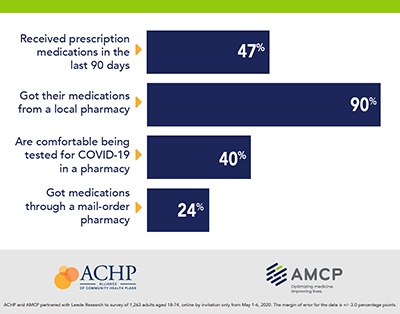 Our survey results also contained some bright spots amid the pandemic—and clues about a more promising future for the industry. While we may not be able to alleviate the concerns of those who fear that they will contract COVID-19 (39 percent), as an industry we can try to help patients feel comfortable seeking care in various settings.
Our survey results also contained some bright spots amid the pandemic—and clues about a more promising future for the industry. While we may not be able to alleviate the concerns of those who fear that they will contract COVID-19 (39 percent), as an industry we can try to help patients feel comfortable seeking care in various settings.
Respondents were relatively unified in their discomfort about visiting walk-in clinics or urgent care centers (45 percent) and hospitals (42 percent), and they were split into nearly even thirds on a scale of “not at all comfortable” (31 percent) to “very comfortable” (31 percent) about visiting their doctor’s office today.
Yet, nearly half were very comfortable picking up prescriptions at their pharmacy (49 percent) and talking to their pharmacist (49 percent). In fact, of those who received medications in the last three months, an overwhelming majority (90 percent) did so at their local pharmacy. We see this as evidence of the crucial role pharmacists are playing during this pandemic and acknowledge the potential for that role to expand. While diagnostic testing is not a procedure that would typically be provided in a pharmacy setting, nearly 40 percent of consumers surveyed said they would be comfortable being tested for COVID-19 in a pharmacy.
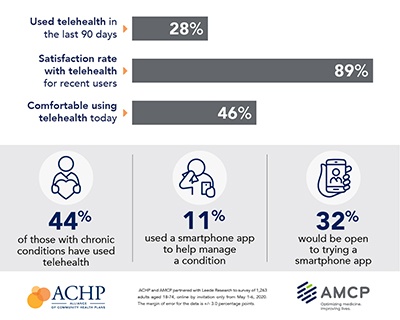 Trusting their physicians more than any other source of information about the virus (58 percent), patients want the expertise and care of their doctor, especially in these unprecedented times. As a result, we have seen the dramatic adoption of virtual care by patients and providers alike. COVID-19 prompted telehealth rates three times greater than previously documented averages, to incredible patient satisfaction.
Trusting their physicians more than any other source of information about the virus (58 percent), patients want the expertise and care of their doctor, especially in these unprecedented times. As a result, we have seen the dramatic adoption of virtual care by patients and providers alike. COVID-19 prompted telehealth rates three times greater than previously documented averages, to incredible patient satisfaction.
Our survey showed that 28 percent tried some type of virtual care in the past 90 days, and an overwhelming 89 percent of them were satisfied with the experience. Researchers would be hard pressed to find higher customer satisfaction numbers in any industry. Flexibilities provided by the Centers for Medicare & Medicaid Services have enabled this remarkable rise.
Furthermore, 11 percent of consumers said they had tried a smartphone app for controlling their health during the pandemic, and another 32 percent said they would be open to using this modality. Following the FDA’s recent approval of several digital therapeutics under its emergency guidance, pharmacists stand ready to play a role in educating consumers about these prescribed digital therapeutics and ensuring their adherence.
The results provide insight into the future for the health sector; health executives would be wise to maintain their pandemic-era adaptability and find ways to meet patients where they are, at a more affordable price. It will be incumbent upon the industry – physicians, health plans, pharmacists and many others – to partner with policymakers on a practical, sensible permanent model that leverages technology to expand access, reduce cost and, most important, improve health outcomes.
Effective Patient Care Requires a Value-Based Health Care Delivery System
For the $3.6 trillion health sector, the COVID-19 outbreak has painfully brought to the fore the flaws in our fragmented fee-for-service system, which feeds off volume rather than value. Infusions of cash from policymakers are needed to staunch the bleeding but will not address these underlying problems.
Americans are anxious, yet adaptable. Fears about a novel coronavirus and a damaged economy sparked significant changes in behavior that the health industry must take to heart. The push to a value-based model, grounded in evidence and patient preferences, is no longer an academic exercise.
Consumer Behavior Resources








